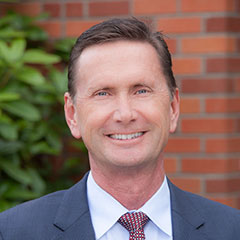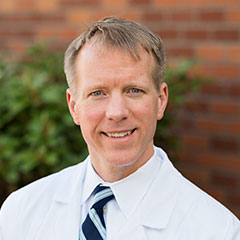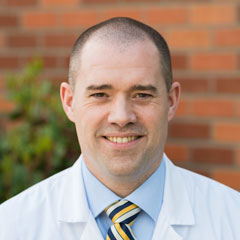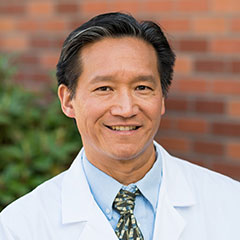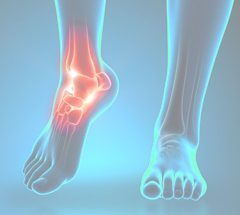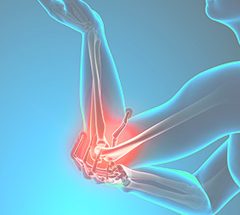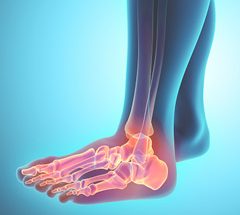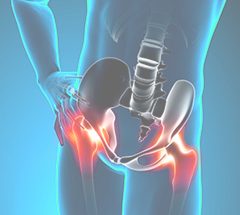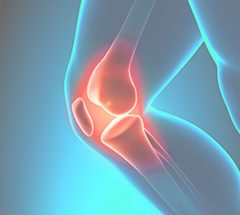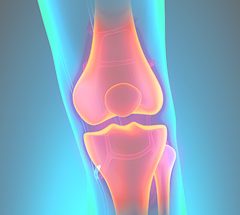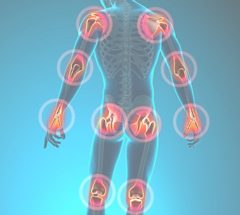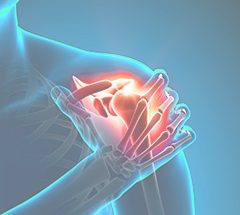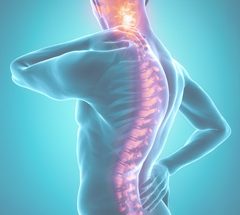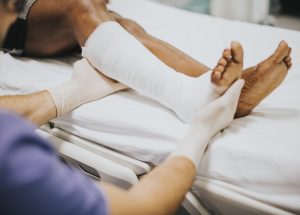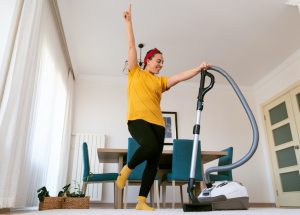Scoliosis and Kyphosis
Abnormal curves of the spine may cause premature disc degeneration and painful pinched nerves. Scoliosis is an abnormal curvature of the spine from the frontal view, and kyphosis is hunching of the spine from the side view.
Although the curvature of the spine in and of itself isn’t necessarily inherently harmful or dangerous, the abnormal loading and alignment can cause premature degeneration of the discs and pinching of the spinal cord and nerves that live within the spinal canal, respectively. That is, the spinal canal (the main opening in the spine where the spinal cord lives) and foramen (the window where the nerves exit) can become narrowed as a result of the abnormal alignment.
When scoliosis or kyphosis occurs in the thoracic and/or lumbar spine, it can lead to compression of the spinal cord and nerves. This can often lead to symptoms including pain, weakness, numbness and tingling.
What causes abnormal curves?
You can develop scoliosis and kyphosis in many different ways. If the curvature was present at or shortly after birth, it is called congenital. If the curvature occurred later in life, it is called acquired.
One of the most common reasons you can develop a curvature is due to changes related to normal, age-related degeneration of your spine. If the degenerative parts of the spine push against your nerves, you can experience severe pain down your arms. This is often called a radiculopathy. If the degenerative parts of the spine push against your spinal cord, you can experience severe pain and/or weakness down your arms and legs. This is often called myelopathy.
Signs and symptoms
In addition to pain, pressure on nerves from scoliosis and kyphosis in the thoracic and/or lumbar spine can also cause numbness, tingling, burning, and weakness in your legs.
Severe narrowing of the central spinal canal from the curvature can compress your spinal cord leading to balance difficulties, problems using your hands, and even paralysis. If you experience these symptoms you should seek medical attention immediately.
Diagnosis
An orthopedic specialist may first suspect scoliosis or kyphosis when a patient complains of pain radiating from the neck down the arm, especially when bending or twisting the neck. Patients will also commonly complain of numbness, tingling, and burning down their arm. They may also have muscle weakness.
If the narrowing involves the spinal cord, symptoms can radiate to the legs as well. After a detailed examination, the diagnosis can be confirmed with plain X-rays and verified with an MRI or CT of the cervical spine.
Treatment
Most patients with any curvatures of their spines can initially be treated conservatively with pain management, physical therapy, and activity modification.
Patients with more severe or persistent symptoms may benefit from anepidural spinal injection. Patients with very severe curvatures who do not achieve long lasting relief from conservative measures may be candidates for surgery. Your surgeon can go over the advantages and disadvantages of the various surgical options with you.

